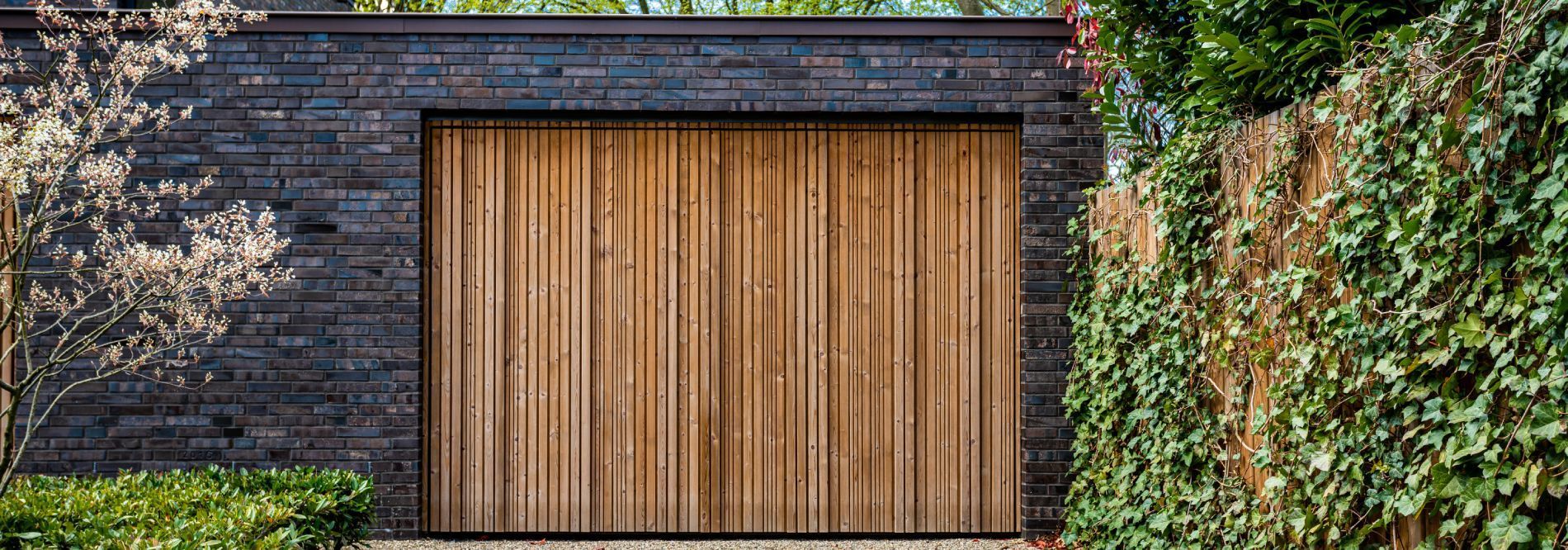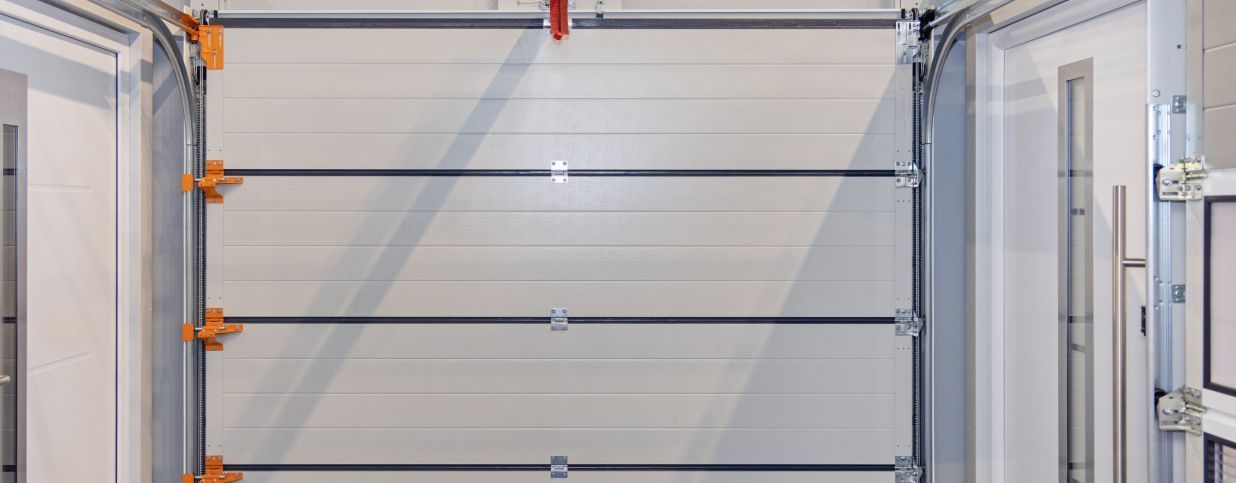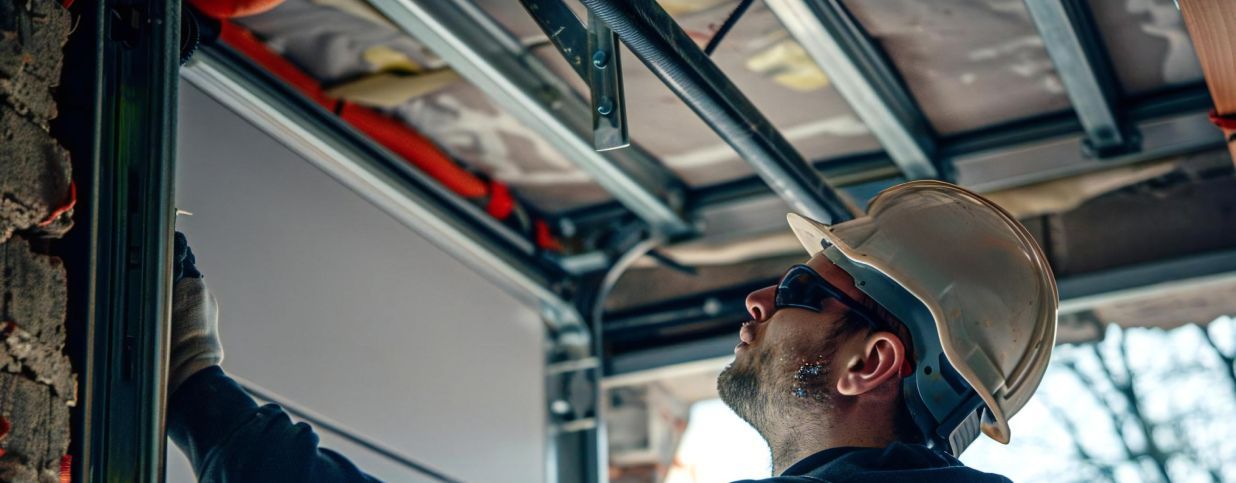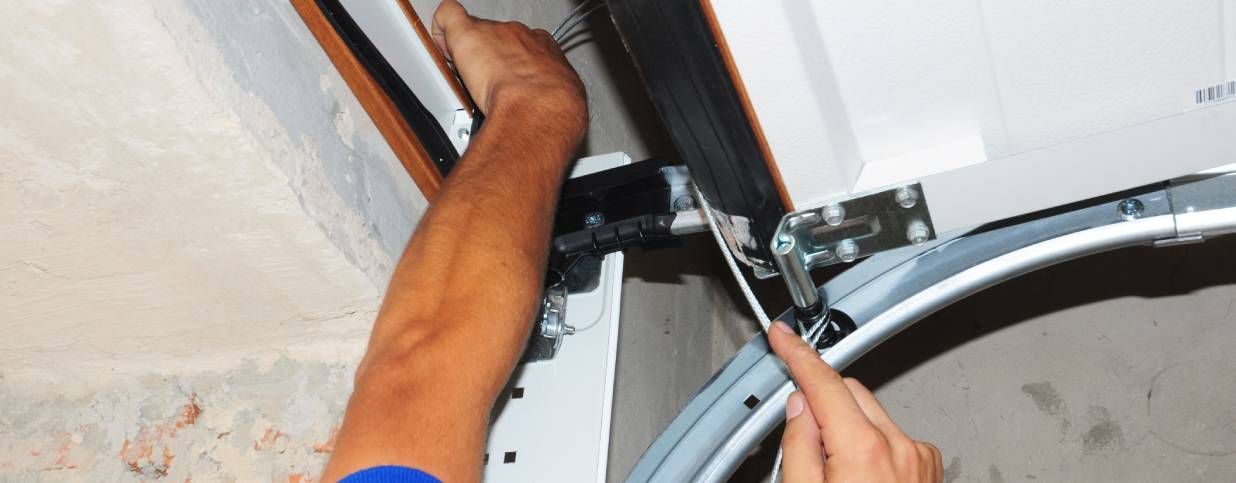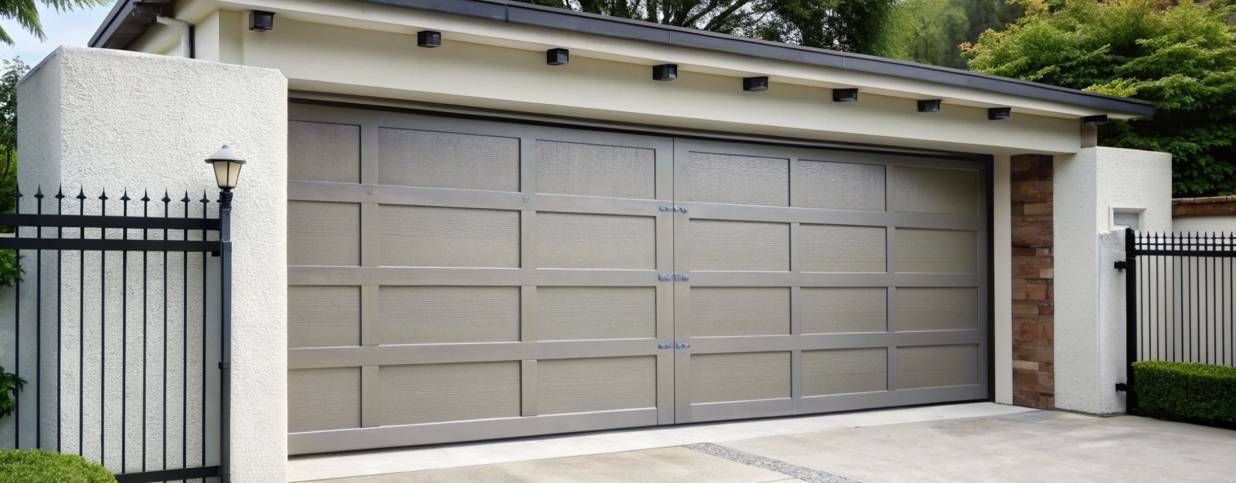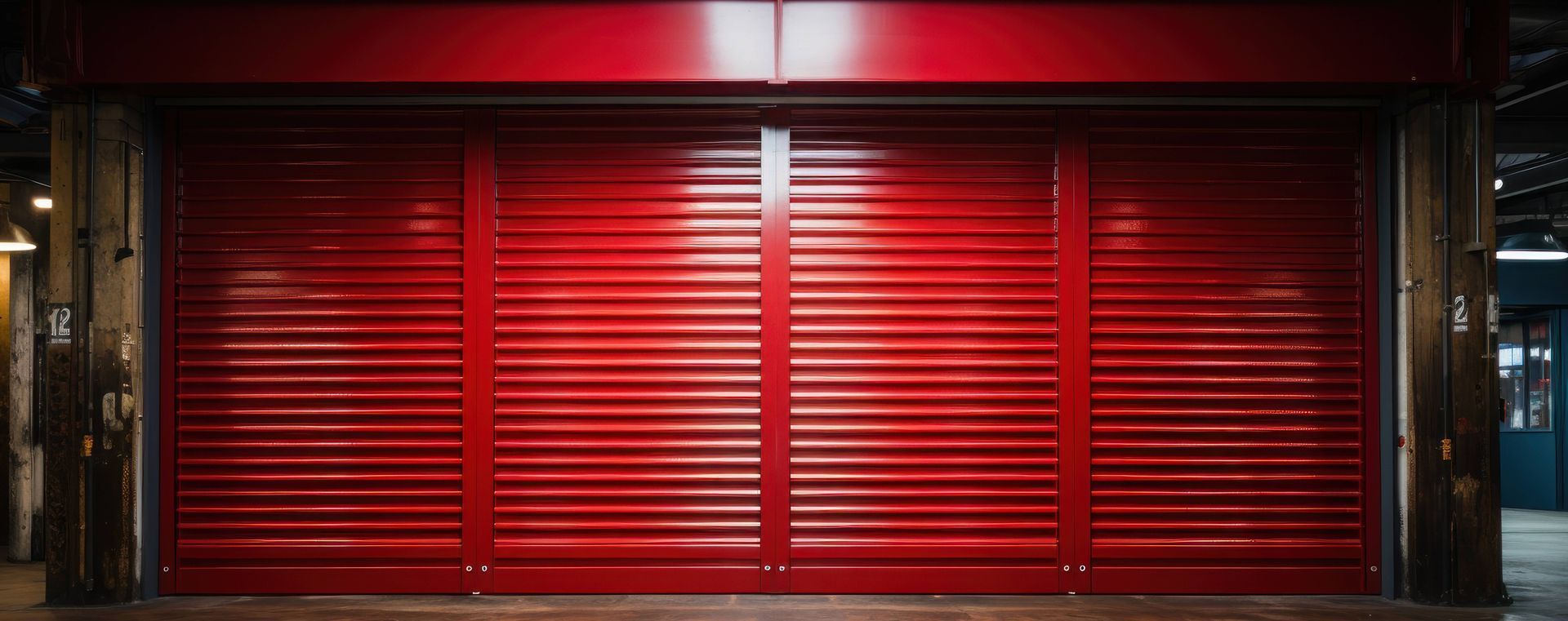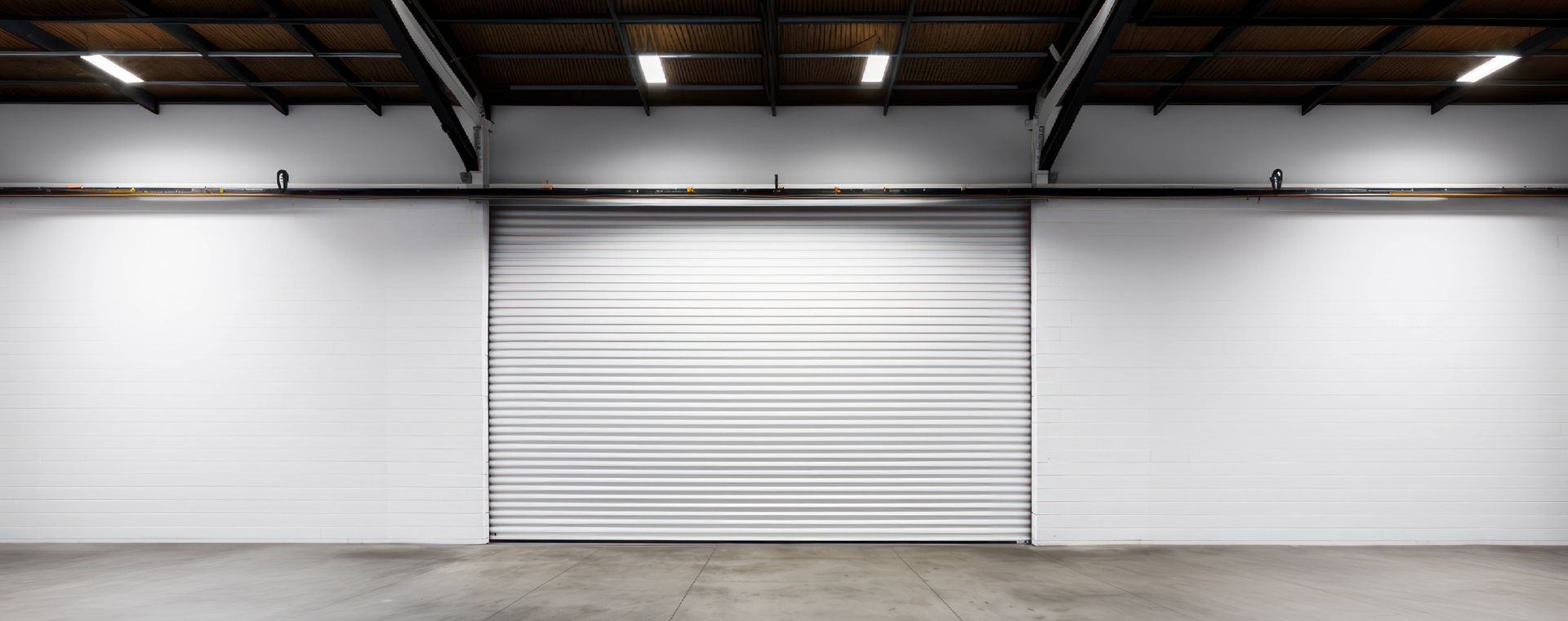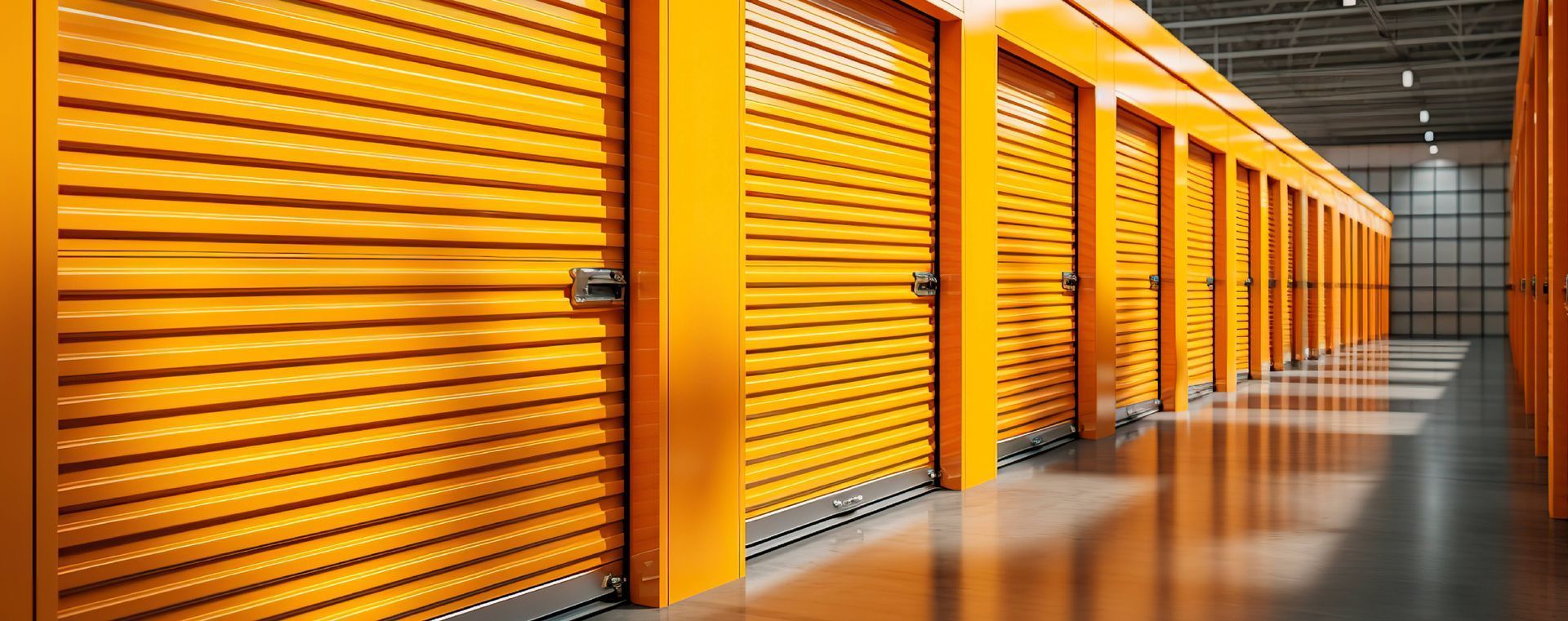Easy Ways to Wind Proof Your Garage Door And Make It More Resistant to Strong Winds
By Jim Hatley, May 10, 2022
This is a subtitle for your new post
A wind proof garage door helps minimize the damage caused by tornadoes, high winds, and debris generated during extreme weather. Ordinary garage doors are the weakest point in your home’s envelope. Once the garage door is damaged, your house is vulnerable to both the positive pressure of wind blowing against your door, and the negative pressure of wind sucking the door outwards. Gale force winds can blow out windows and doors and weaken roofs and walls. Loose sidings, tree branches, patio furniture, and the like can be smashed into your garage door. Especially when combined with heavy rain, all this can lead to substantial structural damage.
Colorado endures a wide range of extreme weather conditions that can cause damage to your property. From heavy snowfall and winter storms to floods, hailstorms, and tornadoes, prevention is better (and less costly) than cure. Discover how you can make your garage doors more resistant to strong winds here.
Why a Wind Load-Rated Garage Door is Crucial for Your Home
In regions prone to high winds, such as Colorado or areas vulnerable to hurricanes, installing a wind load-rated garage door is a key step in protecting your home. A standard garage door is often the weakest part of a building’s structure, making it highly susceptible to wind pressure during severe weather events. A wind load-rated garage door is designed to withstand extreme wind pressures, such as those from a Category 3 hurricane or other high wind events, minimizing the risk of structural damage to your home.
The design pressure of a garage door refers to its ability to resist wind forces, both positive and negative. This is particularly important in regions within certain wind zones, where local building codes require garage doors to meet specific wind load standards. Reinforced garage doors come with additional components, such as stronger hinges, brackets, and rollers, which enhance their ability to handle high wind loads.
By ensuring your garage doors meet local code requirements, you not only comply with regulations but also significantly reduce the risk of door failure during a storm, giving you and your family peace of mind.
Inspect Your Existing Garage Door
From the outside, it is difficult (if not impossible) to tell whether your existing garage door is tornado proof. Your best bet is to get a garage door technician to check it out to determine whether it can endure a heavy wind load.
An architecture and engineering term, wind load refers to the amount of pressure exerted on the surface area of a structure when wind blows against it. To avoid collapse, the force of the wind must be absorbed and transferred to the foundations. Considering this: a regular, non-insulated, 20' by 20' garage door weighs 1,600 pounds. An 88-mph wind force triples the weight of the door to 4,800 pounds.
Modern garage door manufacturers’ specifications include a wind load (WindCode) rating. Because different areas or locations throughout the U.S. have different design wind load requirements, check your local codes for more information.
Manufacturers make use of built-in support structures and sturdy installation hardware to create wind-resistant garage doors. Constructed with a minimum of one layer of steel, insulation layers, and wood or aluminum paneling, these doors can withstand both positive and negative pressures.
Understanding Wind Zone and Design Pressure for Garage Door Systems
Garage doors in the U.S. are subject to strict wind zone classifications and building codes to ensure they can withstand certain wind speeds. The National Weather Service and local building departments determine which areas require higher standards for garage doors based on the likelihood of hurricane winds or other extreme wind conditions.
The term design pressure is a critical factor in understanding how well a garage door system can resist wind forces. It is measured in pounds per square foot (PSF) and indicates the maximum wind velocity a door can handle without failing. In wind zone 2, for example, doors must meet higher design pressure ratings to comply with the Florida building code and other state regulations.
To ensure your garage door meets local requirements, it's important to consult with your local building department or a certified technician who understands the wind load design criteria specific to your area. This way, you’ll have a garage door system that can endure the pressures of high winds and protect your home or business during severe weather.
Determine if Your Garage Door is Wind-Ready Versus an Add-On
Many homeowners who do not have impact-resistant garage doors retrofit protective mechanisms. Garage door bracing kits include aluminum or steel braces and brackets mounted above the lintel, into the floor, and on the sides at hinges. Before a storm, braces slide vertically or horizontally into the brackets and lock in place.
Adding on a bracing system may affect the tension of the door’s counterbalance. The effectiveness of the add-ons depends on the strength of the existing door. A minimum 14-gauge garage door track is needed.
While these measures are suitable short-term solutions, they take time and energy to put into place ahead of a storm or wind event. They are also not attractive. What’s more, because they are less effective than wind-resistant garage doors, most homeowner insurance providers do not recognize them.
The Benefits of Installing a Hurricane Resistant Garage Door
A hurricane-resistant garage door offers unmatched protection for homes in hurricane-prone areas or locations that regularly experience high wind events. Unlike standard doors, hurricane-resistant garage doors are built with reinforced materials like steel, heavy-duty tracks, and extra bracing, all designed to withstand the pressures of hurricane-force winds. In areas with frequent storms, these doors can be the difference between significant structural damage and keeping your home intact.
These doors are rigorously tested to ensure they meet hurricane-rated garage door standards, meaning they can resist wind speeds up to 130-150 mph, typical of a Category 3 hurricane. Additionally, many local building codes now require homes in certain zones to install hurricane-proof garage doors to ensure safety during extreme weather events.
Beyond their protective benefits, these doors may also lower insurance premiums, as they reduce the risk of damage to your property. By investing in a hurricane-resistant garage door, you not only protect your home from hurricane impact but also gain peace of mind knowing your property is better equipped to handle the next storm.
Follow Garage Door Safety Precautions During Windy Season
Follow the guidelines as laid out by theFederal Alliance for Safe Homes. Also:
- Move your valuable belongings from your garage into your home.
- If you do not have impact-resistant windows, board them up.
- Prepare for power outages by turning your garage door opener to manual.
- Do not attempt to shelter in your garage.
Overhead Door Safety: Key Considerations During Storm Season
An overhead door can be vulnerable during storm season if it is not properly secured or rated for high winds. To prevent door failure during a storm, it’s essential to follow key safety steps, particularly if you live in an area prone to hurricane winds or other extreme weather conditions.
Before the storm hits, check that your overhead door has been serviced and reinforced with wind-resistant features, such as extra bracing and strong hinges. If your garage door is not already wind load-rated, consider upgrading to a wind-rated door or installing a bracing system to secure the door to its frame during high winds.
Additionally, switch your garage door opener to manual mode to avoid complications if the power goes out. Never attempt to shelter in your garage during a storm, as garage doors, even when reinforced, are still more vulnerable than the rest of the house. By preparing your overhead door and garage for storm season, you can protect your property from potential damage caused by wind and debris.
When in Doubt, Secure Your Garage Door with a Little DIY
Although the least effective form of protection, there are some DIY hacks you can use in a pinch:
- Secure the sections of your garage door to each other with cable ties.
- Use slide locks to attach the top and bottom of the door to its frame.
- Place two-by-fours horizontally across each section of your garage door.
How to Choose a Wind Load Rated Garage Door for Peace of Mind
Choosing the right wind load-rated garage door starts with understanding your specific needs based on your location’s wind zone and local building codes. If you live in an area frequently affected by hurricanes or severe weather, it's essential to choose a door that meets the required wind load design standards.
First, determine the appropriate wind load for your region by consulting wind speed maps or contacting your local building authority. They will provide guidance on the minimum wind load rating required by local building codes to withstand certain wind speeds. Look for doors that are reinforced with durable materials and feature impact-resistant components like heavy-duty rollers and reinforcing struts.
It's also crucial to ensure the door size is factored into the wind load rating. Larger doors, such as those for commercial door applications, may require additional reinforcement compared to residential garage doors. Working with a reputable installer who understands the regulations can ensure your wind load-rated garage door is properly installed and provides maximum protection for your home or business, offering you peace of mind during storm season.
Tri-Lakes Garage Doors has over 20 years of experience and expertise in serving homeowners and businesses all along the Front Range. We are a Colorado and Monument licensed and fully insured company. Let us assist you in shoring up your existing garage door or making the right choice when buying a wind proof garage door. What are you waiting for? Give the team at
Tri-Lakes Garage Doors a call today, and we will come to you!
Contact Info
We’ll come to you! Our office is where the door will live!
Contact Tri-Lakes Garage Doors to set up a time to come see you at your convenience.
Showroom Location: 3359 E Palmer Divide Ave
Larkspur, CO 80118
*By Appointment only
How Can We Help?
Contact Us - Footer
We will get back to you as soon as possible
Please try again later
All Rights Reserved | Tri Lakes Garage Doors

